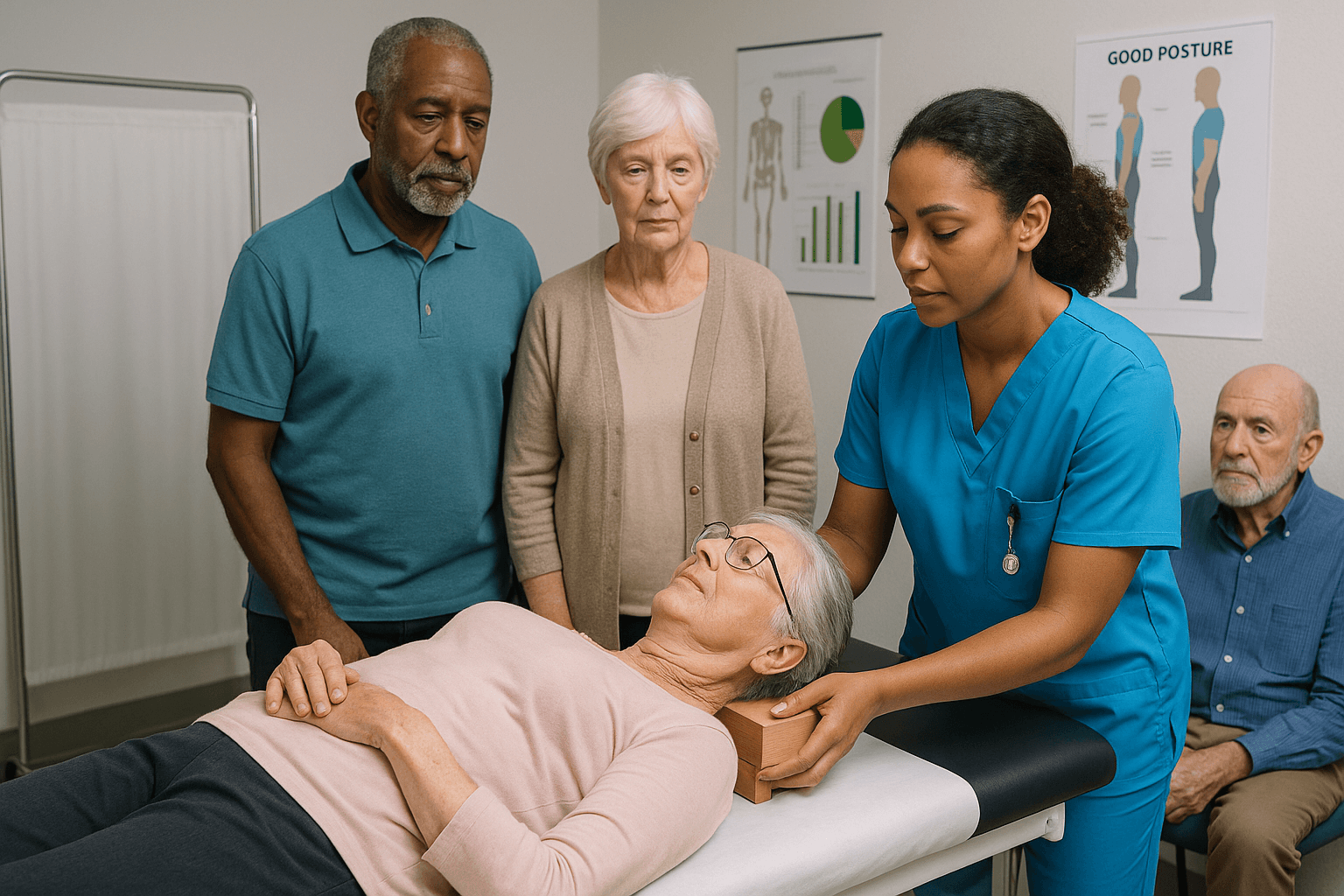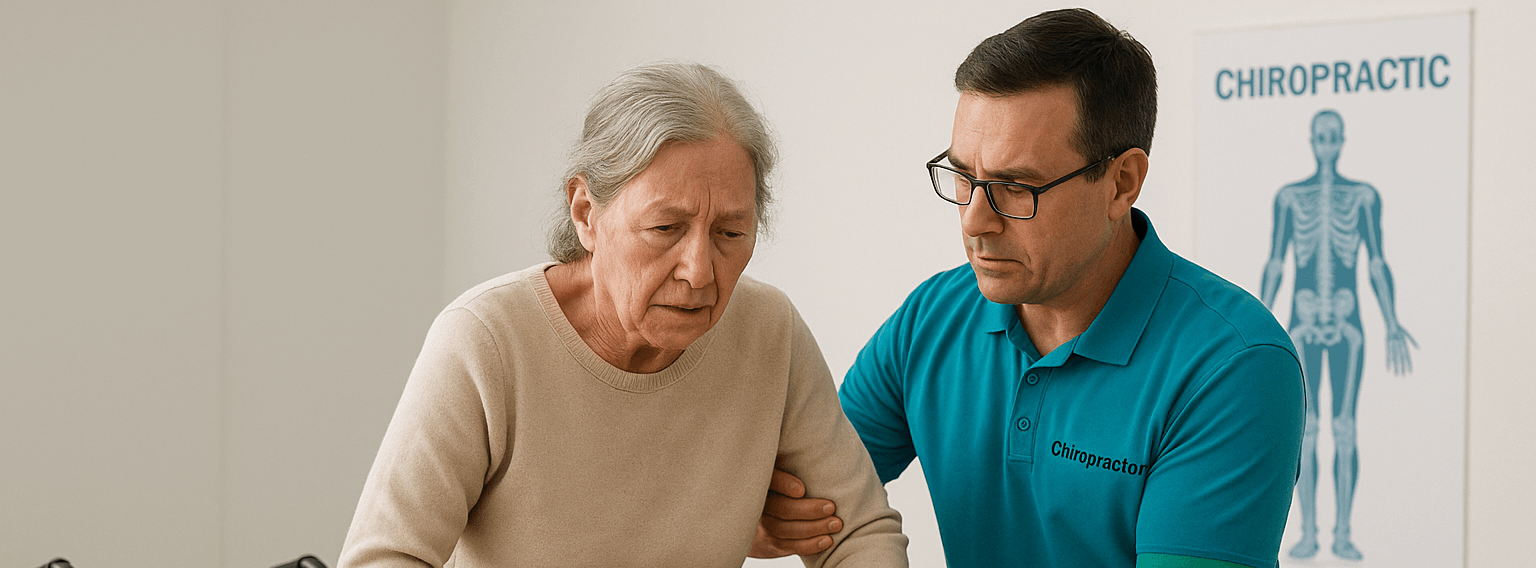Most people choose shoes based on style or comfort, but few consider how footwear affects posture and spinal health. The way your feet are supported influences how your body aligns itself. Wearing the wrong shoes over time can lead to chronic pain, poor posture, and even long-term musculoskeletal issues. Understanding the connection between footwear and posture is essential for making better choices and preventing unnecessary strain on the spine.
Jump To:
TL;DR Quick Guide
- The shoes you wear affect your posture, spinal alignment, and overall movement.
- Poorly designed footwear can lead to back pain, joint strain, and muscle imbalances.
- High heels, narrow shoes, and worn-out footwear can negatively impact posture.
- Choosing shoes with no arch support, minimal cushioning, and a wide toe box helps maintain spinal health.
- Chiropractic care and corrective exercises can help reverse posture issues caused by improper footwear.
How Footwear Affects Posture and Spinal Health
1. The Foundation of Posture Starts with Your Feet
- The feet act as the foundation for the entire body.
- Proper alignment starts at the ground level, affecting how weight is distributed through the spine, hips, and knees.
- When footwear alters foot positioning, it can create imbalances that lead to pain and discomfort.
2. Common Footwear Mistakes That Harm Posture
- High heels – Shift weight forward, forcing an unnatural spinal curve and increasing lower back strain.
- Arch supports and orthotics – Arch supports paradoxically leads to fallen arches and misalignments.
- Worn-out shoes – Uneven wear patterns cause imbalances in gait and posture.
- Crocs and loose footwear – Cause instability, leading to compensatory movement patterns that affect the spine.
3. How Poor Footwear Choices Cause Back Pain
- Arch supports alter weight distribution, increasing stress on the spine.
- Improper footwear can lead to muscle fatigue, joint stiffness, and misalignment.
- Long-term use of bad footwear weakens stabilizing muscles, making it harder to maintain good posture.
4. The Role of Arch Support and Cushioning
- Shoes without any arch support help distribute weight evenly, reducing strain on the lower back.
- Soft cushioning such as the memory foam insoles found in Sketchers shoes affect your balance and stability negatively.
- Orthotic insoles or custom inserts cause imbalance in the spine.
5. Signs That Your Shoes Are Affecting Your Posture
- Frequent lower back, hip, or knee pain, especially after standing or walking for long periods.
- Uneven wear on shoe soles, indicating an imbalanced gait.
- Stiffness or tension in the calves, ankles, or lower back after wearing certain shoes.
- A tendency to lean forward or backward when standing or walking.
How to Choose the Right Footwear for Better Posture
1. Try barefoot shoes and trainers
- Choose shoes that have no arch support to maintain natural foot alignment. Consult an ABC chiropractor to safely remove the need for orthotic insoles.
2. Prioritize a wide toe box and minimalist footwear
- Select barefoot style shoes to reduce impact on the spine. A wide toes box prevents squashing your forefoot and toes together.
- Barefoot running require a slow process of transition to prevent foot injury.
3. Avoid High Heels for Daily Wear
- High heels should be worn occasionally, not as an everyday choice.
- If heels are necessary, opt for lower heels with a wider base for better stability.
4. Replace Worn-Out Shoes Regularly
- Shoes lose support over time, so replace them when they show signs of uneven wear.
- Walking or running shoes should be replaced every 300-500 miles of use.
5. Test Shoes for Stability and Comfort
- Stand and walk in new shoes before purchasing to check for proper support and stability.
- Avoid shoes that force your feet into unnatural positions.
Key Takeaways
- The shoes you wear affect your posture, spinal alignment, and overall movement.
- Poor footwear choices can cause chronic pain, joint strain, and muscular imbalances.
- High heels, unsupportive orthotics, and worn-out soles contribute to poor posture.
- Choosing shoes without arch support helps maintain spinal health.
- Chiropractic care and corrective exercises can help undo damage caused by improper footwear.
FAQs
1. Can wearing the wrong shoes cause long-term back problems?
Yes, prolonged use of improper footwear can lead to chronic back pain, joint misalignment, and poor posture.
2. Are flat shoes bad for posture?
No, flat, barefoot style shoes without arch support are generally the best type of shoe for overall health.
3. What type of shoes are best for spinal health?
Shoes without arch support give you a stable base help promote good posture and spinal alignment.
4. How do I know if my shoes are affecting my posture?
If you experience consistent back, knee, or foot pain after wearing certain shoes, they may be negatively affecting your posture.
5. Can orthotics help with posture problems?
Custom orthotics or supportive insoles can help correct foot imbalances but make the rest of yoir body worse off. Flat feet and overpronation is usually an issue with spinal alignment so, orthotics miss the root of the problem entirely.






